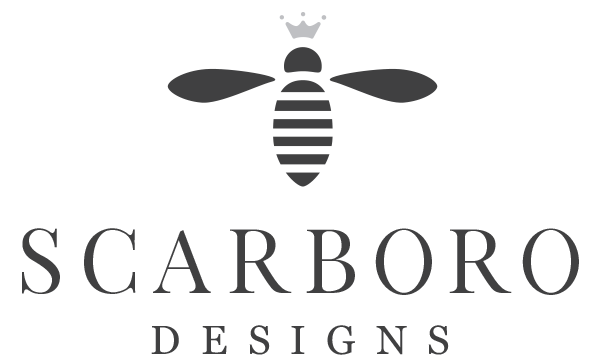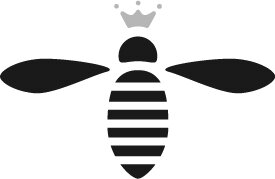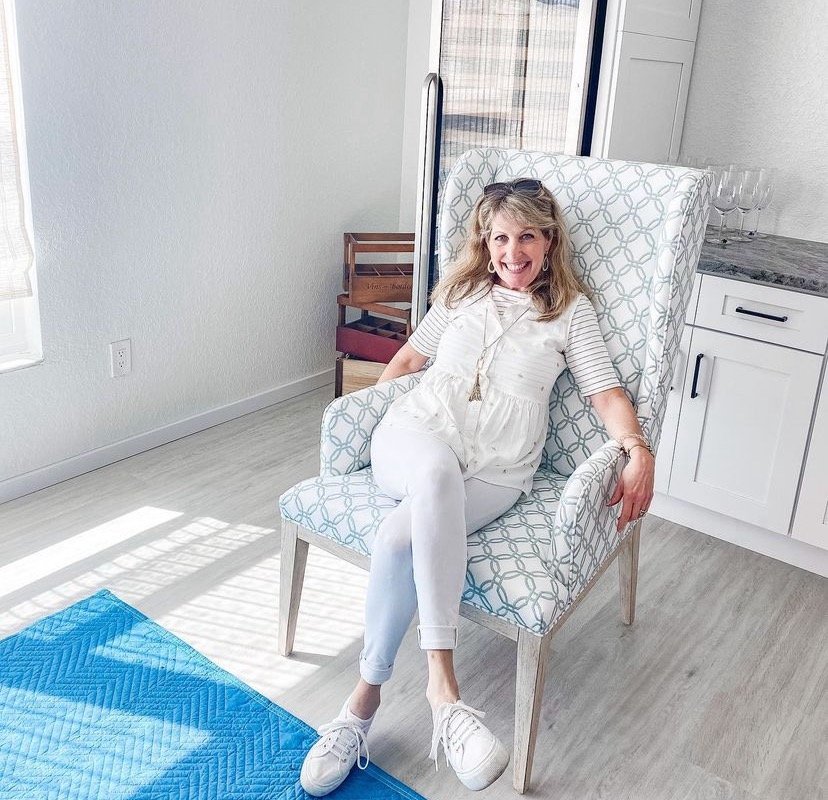5 Things Interior Designers focus in on when it comes Textiles
Jeanette Scarboro, CEO of Scarboro Designs and The Hive Experience
Textiles. That word is being used more than ever. I know people in the interior design world who have graduated from places like the School of the Art Institute in Chicago — in Textile! I didn't even know that was a major.
When I thought about what I would write in this post, my mind raced; I knew I wanted to share all of the increased textile knowledge that has just soared over the past years. Because no matter the client or project, fabric always comes up. When discussing textiles with clients, they’re amazed at the knowledge that flows — I can’t help it because textiles are game changers. Here are five things I love about textiles.
Textiles are super easy to add to your home. First, and foremost, let’s establish that adding texture to your home, in the form of textiles, is super easy, and they’re so welcoming. Textiles include: rugs, pillows, linens, and drapes. I hope I didn’t lose you at drapes! There are so many wonderful, updated fabrics that really frame your windows, and the view you see through your windows. No matter the textile — they bring a home to life! They also wick moisture, add comfort, absorb sound acoustically, and keep colors vibrant.
Textiles perform. Durability is such a hot topic today. So, when dealing with upholstery fabric, be aware that there is a durability test — a rub count. The manufacturer uses a machine to apply a standard amount of pressure and rubs it across the face of the fabric. If the fabric says 3,000 double rubs, that means it will first show wear at that count. The rub count is listed on all the fabrics in my studio, so it’s fun to see a client searching for the number to narrow their choices. Both natural and synthetic fabrics can also be rubbed in a way that provides superior durability.
In the past, most of my clients never would have dreamed of using a nice fabric with kids and sippy cups around. But even a mother of four, with three of those being boys, can now find fabrics that withstand the wear and tear. And, the right textiles on a pillow can handle people who drool while napping on a pillow; I know, we hope it won’t happen, but you can plan on it! Rugs will be walked on and unplanned spills are guaranteed, and I won’t even get started on our furry friends that keep homeowners on their game. Still, I have recommended outdoor rugs for indoors many times, because of their durability and the fact that they really no longer look like the outdoor rugs of yesterday.
Textile technology protects. Technology that was previously only available to the trade, and used strictly for commercial, is now available residentially. And that’s only the beginning of how technology has been applied to textiles. There are so many options to be used indoors and outdoors--UV and fade-resistant, mildew-resistant, and even bleach cleanable fabrics. Fabrics are engineered to combine the highest level of design and performance. Other textile technologies are Crypton, where most liquids just roll off, and microbial resistance to control fabric odor and is easy to clean. Nanotex is another fancy name that resists spills and still maintains the natural hand of the fabric as well as being eco-friendly in all its technology. And, finally, did you know there are upholstery and drape flammability tests?
Textiles enhance. When designing a piece of furniture, we always include Frame – Finish – and Fabric. Just trying to land the frame style can be difficult with a custom seating piece such as a chair or sofa, then we have to select the wood finish. Each of our manufacturers has well over 25 or more finish samples. Next, we get to the textiles where we have more specifics such as cotton, polyester, leather, or a blend. Then you have solids and patterns. Creating luxurious vibes can be illuminated through modern-feel textures.
My favorite for the past few years has been Ombre -- a fabric made by laying in wefts of yarn that are closely colored hues, and that after weaving created a shaded effect. It is purely described as a color fade. When I held an alpaca hombre pillow at market I was in heaven! Botanicals are sophisticated and they are rich in colors, or very tone on tone. Plaids are making a comeback and they are popping up everywhere. Solids are classic and the updated weaves add texture.
Textiles have sustainability. Sustainability has led to greater awareness on organics and textiles that are friendly to our environment. I was interviewed about the interior design world’s lean towards going green. Eco Cradle to Cradle Green Organic is the buzz.
So, with all of this info about textiles in interior design, you are now ready to go into nerd mode! But all of this textile knowledge isn’t just for the cool factor of knowing it, but it’s to help you select the best for your space.
Information on LEED, consult the U.S. Green Building Council at www.usgbc.org
ACT & ACT Guidelines: www.contracttextiles.org
Bella-Dura: www.bella-dura.com
Sunbrella: www.sunbrella.com
Crypton: www.cryptonfabric.com
Crypton Green: www.cryptonfabric.com/eco-friendly-fabric
Sensuede: www.sensuede.com
To learn more about textiles from our lead designer, visit https://www.scarborodesigns.com and read the blog “5 Things Interior Designers focus in on when it comes Textiles”


